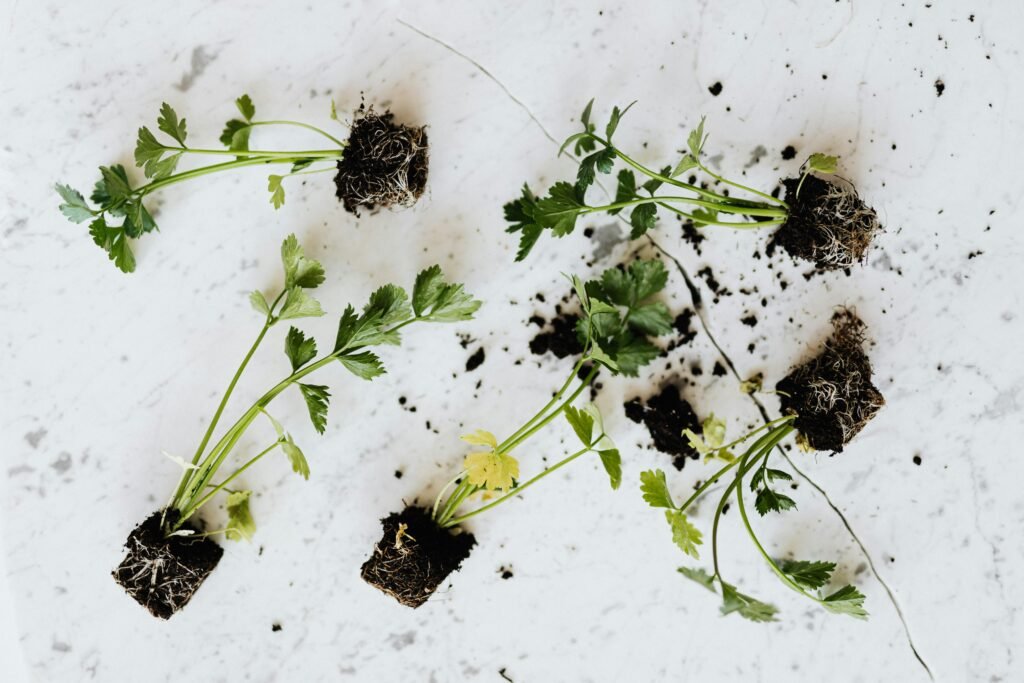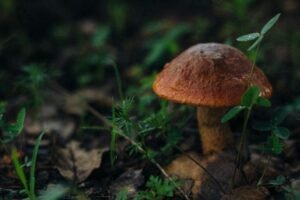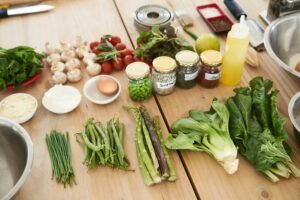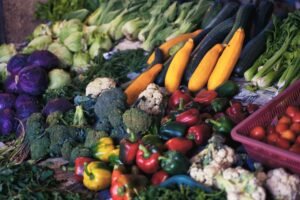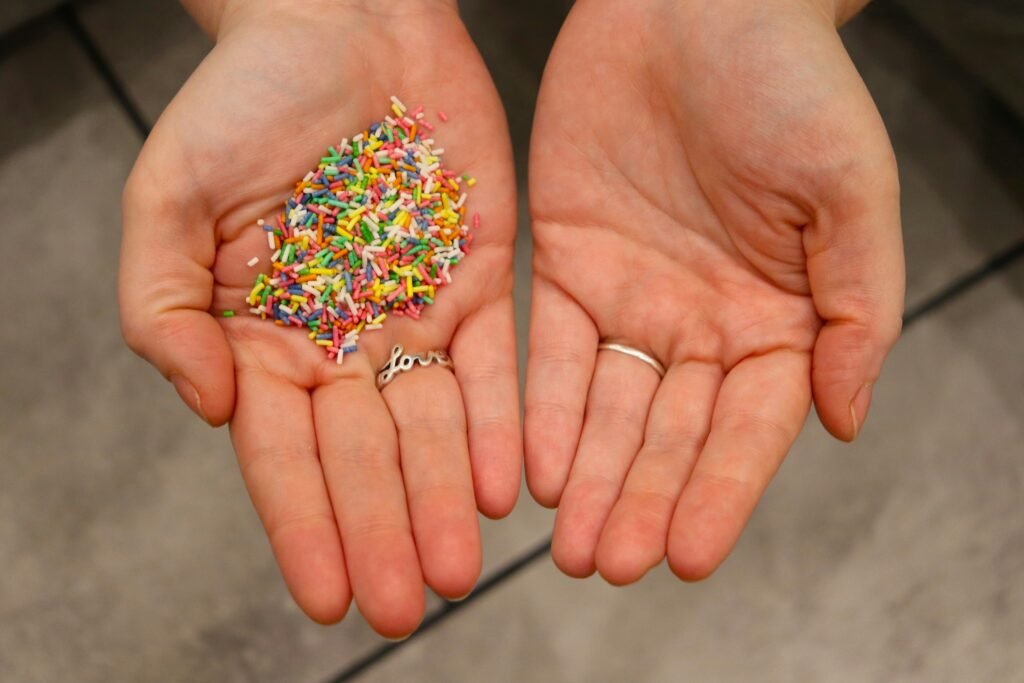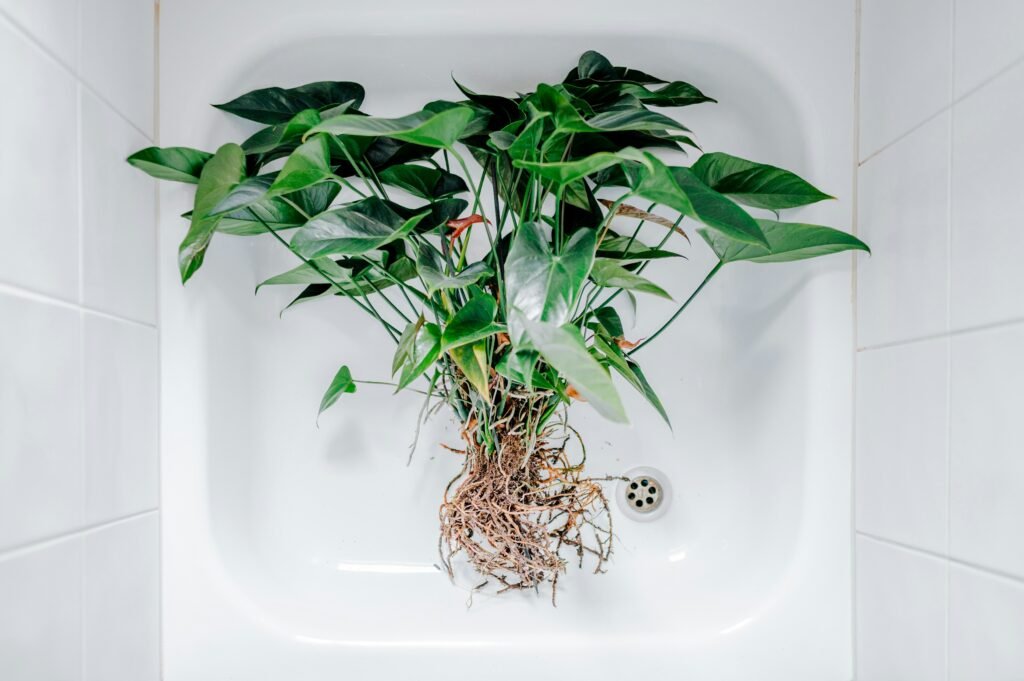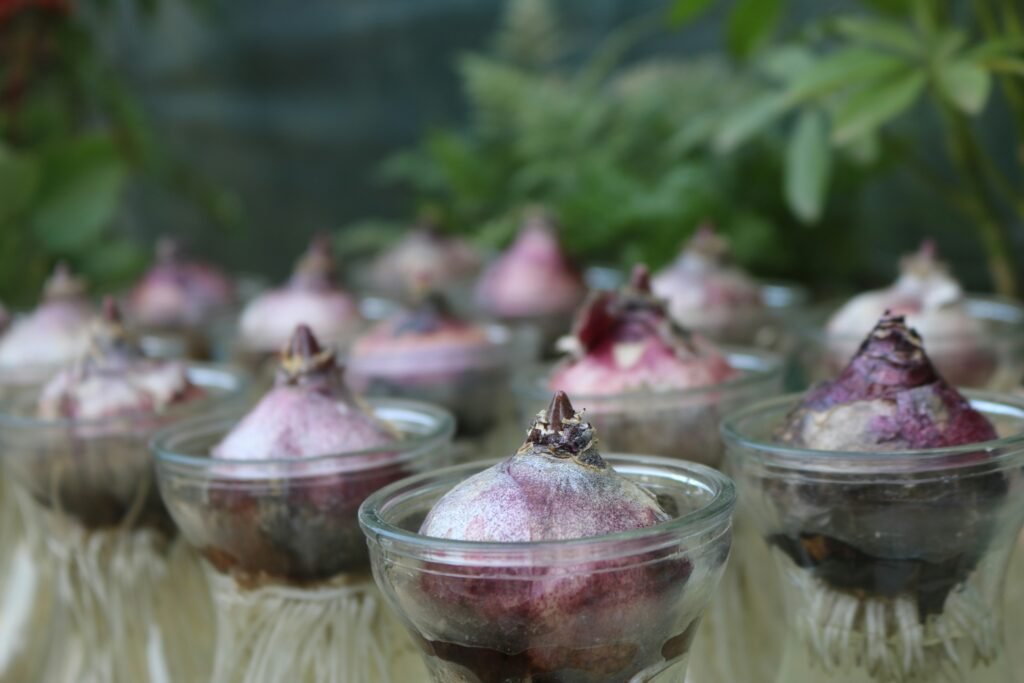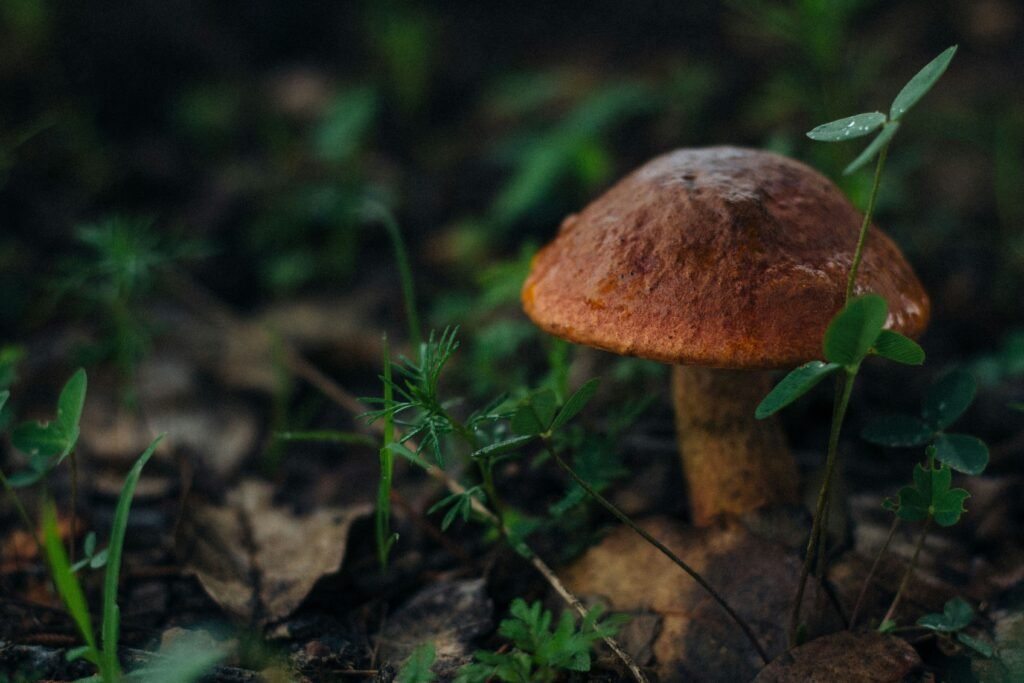Understanding Hydroponics: An Overview
Hydroponics is a method of growing plants without soil, using a water-based nutrient solution. This innovative approach allows for more controlled and efficient cultivation, making it an attractive option for both novice gardeners and seasoned horticulturists. Unlike traditional soil gardening, hydroponics ensures that plants have direct access to essential nutrients, water, and oxygen, resulting in faster growth rates and higher yields.
One of the primary benefits of hydroponics over soil gardening is its ability to eliminate soil-related challenges, such as pests, disease, and weeds. Additionally, hydroponic systems use significantly less water than traditional gardening methods, making this approach highly sustainable and environmentally friendly.
To understand how hydroponic systems work, it is crucial to become familiar with a few key terms. A hydroponic solution refers to the water-based mixture containing dissolved nutrients necessary for plant growth. This solution provides plants with essential minerals in a form that can be readily absorbed by their roots. Another important concept is the grow medium, which is a substrate used to anchor the plants’ roots. Unlike soil, grow mediums do not supply nutrients but provide physical support and maintain optimal moisture and oxygen levels for the plants.
There are various types of hydroponic systems, such as deep water culture, nutrient film technique, and aeroponics, each with its unique mechanisms for delivering the nutrient solution to the plants. However, the core principle remains the same: providing plants with a balanced environment where water, nutrients, and oxygen are available in optimal amounts.
By utilizing hydroponic methods, gardeners can achieve healthier plant growth, reduce water usage, and avoid many common issues associated with traditional gardening. As you embark on your journey into hydroponics, understanding these basic principles will provide a solid foundation for successfully growing plants without soil.
Choosing the Right Seeds for Hydroponics
When embarking on the journey of hydroponic gardening, selecting the right seeds is paramount. Not all plants are equally suited to hydroponic systems, and understanding which seeds thrive in this environment can significantly impact your success. Leafy greens such as lettuce, spinach, and kale are excellent choices for hydroponic setups due to their rapid growth rates and minimal space requirements. These vegetables flourish in nutrient-rich water, ensuring a consistent and robust harvest.
Herbs are another popular choice for hydroponic gardens. Varieties such as basil, parsley, cilantro, and mint adapt well to hydroponic conditions and often produce more fragrant and flavorful yields compared to traditional soil-based growing. Their compact size and quick growth cycle make them ideal candidates for hydroponic systems, allowing for continuous production and supply.
Additionally, certain fast-growing vegetables like tomatoes, cucumbers, and bell peppers can be successfully cultivated in hydroponic setups. These plants, while requiring slightly more attention and space, provide a bountiful harvest when nurtured correctly. The controlled environment of hydroponics helps mitigate pest issues and diseases common in traditional gardening, leading to healthier plants.
Sourcing high-quality, disease-resistant seeds is crucial for achieving the best results in your hydroponic garden. Reliable seed suppliers offer varieties specifically bred for disease resistance, ensuring a higher success rate and reducing potential crop failures. Investing in good seeds initially may seem costly but pays off with healthier plants and higher yields in the long run.
In essence, the choice of seeds can make or break your hydroponic gardening experience. Prioritizing plants that naturally excel in hydroponic conditions, such as leafy greens, herbs, and certain vegetables, along with sourcing high-quality, disease-resistant seeds, will set the foundation for a thriving and productive garden. Remember, the key to success lies in understanding the unique requirements of hydroponic gardening and selecting seeds that can fully leverage this innovative growing method.
Essential Hydroponic Supplies and Equipment
Starting hydroponic seeds requires a specific set of supplies and equipment to ensure a successful growing environment. First and foremost, grow trays are integral as they serve as the foundation for your seedlings. Designed to hold seedling plugs, these trays ensure seedlings have a secure area to grow without interference.
Seedling plugs, typically made from materials like rockwool or coconut coir, are essential as they provide a stable medium where seeds can germinate and roots can develop. Their porous structure ensures good aeration and moisture retention, both crucial for healthy root systems in hydroponic setups.
Light is another critical element in the hydroponic seed-starting process, necessitating the use of growing lights. Specifically, LED grow lights are commonly used due to their energy efficiency and ability to provide the necessary spectrum of light that simulates natural sunlight. Adequate lighting ensures seedlings receive the energy needed for photosynthesis, promoting robust growth.
Maintaining optimal pH levels is vital in a hydroponic setup. pH testers are used to monitor the acidity or alkalinity of the nutrient solution, with a preferred range for most hydroponic plants being between 5.5 and 6.5. Deviations from this range can hamper nutrient uptake, stunting plant growth.
Finally, nutrient solutions are essential for providing the plants with the necessary minerals and nutrients required for growth. Unlike traditional soil-based gardening, hydroponics delivers nutrients directly to the plant roots in a water-based solution, which must be carefully balanced to support healthy plant development.
Equipping yourself with these essential supplies and equipment sets the stage for a successful hydroponic seed-starting journey. By ensuring each component functions optimally, you pave the way for healthy seedlings that will thrive in a hydroponic environment.
Preparing the Growing Medium
One of the foundational steps in starting hydroponic seeds is preparing the growing medium. The choice of medium plays a critical role in seed germination and overall plant health. There are several types of growing media available, each with unique characteristics that make them suitable for hydroponic use.
Rockwool is a popular choice among hydroponic growers due to its excellent water retention and aeration properties. It is made from molten basaltic rock spun into fibrous blocks, which creates a structure perfect for holding moisture while maintaining sufficient air space for roots. To prepare rockwool, soak it in pH-balanced water (ideally between 5.5 and 6.5) until fully saturated before planting your seeds.
Coco coir, derived from coconut husks, is another widely used growing medium. It offers good water retention and aeration and has a neutral pH, making it an ideal choice for starting seeds. When using coco coir, ensure it is thoroughly rinsed to remove any residual salts. Hydrate it by soaking in water until it reaches a fluffy, moist consistency.
Perlite, a lightweight volcanic glass, is often used in hydroponic systems due to its excellent drainage and aeration capabilities. It is usually mixed with other media to enhance these properties further. When incorporating perlite into your growing medium, it should be pre-moistened to prevent seeds from drying and to ensure even hydration.
Proper setup of the growing medium also includes maintaining adequate moisture levels. Overly dry or waterlogged conditions can hinder seed germination and stunt plant growth. Aim for a balanced moisture content—damp but not soaking. Regular monitoring and adjustment are essential to create the optimal environment for seeds.
Cleanliness is another crucial factor in preparing your growing medium. Contaminants can introduce diseases or pests that can harm your seedlings. Sterilize all tools and containers before use, and consider using a mild hydrogen peroxide solution to disinfect the growing medium.
By carefully selecting, preparing, and maintaining your growing medium, you create the best possible conditions for successful hydroponic seed germination and robust plant growth.
Seed Planting Techniques
When embarking on the journey of hydroponic gardening, planting your seeds correctly is a critical step to ensure healthy growth and a bountiful harvest. Proper seed planting techniques help in optimizing germination rates and producing strong seedlings. Here, we guide beginners through the essential aspects of seed planting in a hydroponic medium, focusing on seed spacing, depth, and initial watering schedules, along with the importance of labeling different seed varieties.
First, seed spacing is paramount. In hydroponic systems, ensuring adequate space between seeds can prevent overcrowding, which can lead to competition for nutrients and light. Typically, spacing should be adjusted based on the type of plant you are growing. For instance, larger plants like tomatoes require more space compared to smaller herbs like basil.
The depth at which you place the seeds significantly influences germination. A general rule of thumb is to plant seeds at a depth of approximately two to three times the diameter of each seed. For very small seeds, a light dusting of the growing medium over the top often suffices. Ensuring the seeds are planted at the appropriate depth helps maintain the necessary moisture and warmth required for successful germination.
Initial watering is also crucial. After planting your seeds, it’s essential to moisten the growing medium uniformly. However, it’s important to avoid overwatering, which can lead to seed rot or fungal issues. A gentle spray or misting system can provide the adequate moisture without disturbing the seeds. Monitor the moisture levels closely until the seeds have germinated and seedlings begin to emerge.
To keep track of what has been planted and where, diligent labeling of seed varieties is beneficial. Labeling not only helps in managing different growth requirements but also in tracking the progress and identifying any issues early on. Using waterproof labels or markers can ensure that information remains intact even in a humid environment.
By paying attention to these seed planting techniques, beginners can lay a strong foundation for their hydroponic garden. Correct seed spacing, proper depth, appropriate initial watering, and systematic labeling can contribute to a successful and rewarding hydroponic growing experience.“`
Creating the Ideal Germination Environment
Establishing the right conditions for seed germination is crucial for successful hydroponic gardening. When it comes to temperature requirements, most seeds germinate effectively within a range of 70-80 degrees Fahrenheit (21-27 degrees Celsius). Consistency in maintaining this temperature range can be achieved using heat mats. These mats provide a controlled and uniform source of heat from beneath the seedlings, promoting faster and more reliable sprouting.
Light exposure is another essential factor. While seeds do not initially require light to germinate, they do need it as soon as they sprout. LED grow lights or fluorescent tubes placed close to the seedlings can ensure they receive the proper light spectrum and intensity to facilitate healthy growth. A timer can help automate the light schedule to provide seedlings with 16-18 hours of light each day, mimicking the long days of spring and early summer.
Humidity levels play a critical role in seed germination. The moisture in the air prevents seeds from drying out and ensures that they receive the necessary hydration for sprouting. Clear covers, such as propagation lids or domes, are effective tools for maintaining high humidity. These covers create a miniature greenhouse effect, trapping moisture and warmth, thus establishing an optimal micro-environment. It’s important to periodically check and ensure the covers are preventing any excessive moisture buildup, which could lead to mold growth.
By carefully managing these variables—temperature, light, and humidity—you can create a conducive environment for your hydroponic seeds to germinate. Employing tools like heat mats and clear covers can further enhance the stability of the micro-environment, leading to higher germination rates and healthier seedlings. Proper attention to these details lays a strong foundation for the subsequent stages of hydroponic gardening.
Monitoring Seedlings and Promoting Healthy Growth
As seedlings begin to sprout in your hydroponic system, diligent monitoring and proper care are crucial to ensuring robust growth. Tracking key aspects such as watering schedules, nutrient solutions, and the general health of seedlings can significantly influence their overall development.
Firstly, establishing a consistent watering schedule is paramount. Hydroponic systems require precise control of moisture levels to prevent both over- and under-watering. Typically, seedlings should be monitored daily, and adjustments made according to their moisture needs. Be sure to use clean, uncontaminated water, checking for proper pH levels (commonly between 5.5 and 6.5) to sustain optimal growth conditions.
Nutrient solutions play a pivotal role in seedling development. Beginning with a diluted nutrient mixture is advisable, gradually increasing the concentration as the seedlings mature. Signs of nutrient deficiencies, such as yellowing leaves or stunted growth, should prompt reassessment of nutrient balances. Conversely, too strong a solution can lead to nutrient burn. Therefore, closely adhering to recommended nutrient guidelines helps maintain the correct concentrations.
Identifying healthy seedlings involves recognizing robust, vibrant green leaves and sturdy stems. Unhealthy seedlings may exhibit yellowing, wilting, or spotting, often indicative of either nutrient imbalances or disease presence. Addressing these symptoms promptly can prevent further deterioration. Additionally, if seedlings appear overcrowded, it is essential to thin them out to reduce competition for light and nutrients, thereby promoting stronger individual growth.
It is also vital to remain vigilant against common issues such as mold and pests. Signs of mold might include fuzzy growth on the surface of your growing medium, while pest infestations manifest as visible insects or damage to the plant tissue. Controlling environmental conditions like humidity levels and ensuring good air circulation can mitigate these problems. In the case of pests, early intervention with appropriate, plant-safe treatments is advisable.
Through comprehensive monitoring and timely intervention, promoting healthy seedling growth in a hydroponic system becomes a manageable and rewarding process.
Transplanting Seedlings into a Hydroponic System
Transplanting seedlings into a hydroponic system is a critical step requiring attention to detail and gentle handling. To begin, ensure your hydroponic setup is properly sanitized to prevent the risk of contamination. A thorough rinse with a mild bleach solution followed by clean water will suffice for most systems. Ensure that your nutrient solution is balanced and appropriate for the plant’s growth stage, as this will affect the initial adaptation of the seedlings.
Next, prepare your seedling by carefully removing it from its initial growing medium. This can be achieved by gently loosening the roots without causing damage. Should the roots be entangled in media like Rockwool or coconut coir, a slight rinse with lukewarm water can help to free them. At this stage, handle the seedlings by their leaves rather than the stem to avoid potential crushing or damage.
Place each seedling into the hydroponic system’s net pots. Fill the net pots halfway with your selected growing medium such as clay pebbles or other inert substrates, which helps support the plants. Position the seedlings over the medium and carefully fill the remaining space around the roots, ensuring no air pockets are present. This will provide stability to the plants while facilitating nutrient uptake.
Transitioning seedlings into a hydroponic system can sometimes result in a period of shock as they adapt to new conditions. Monitor the pH and electrical conductivity (EC) of your nutrient solution closely, maintaining optimal levels to ease the stress on the plants. Ideally, the pH should stay between 5.5 and 6.5 and the EC should align with the specific needs of the plant species.
If issues arise, such as wilting or yellowing leaves, first check the root system for signs of rot or inadequate aeration. Adjust your system’s airflow or clean the roots if necessary. Additionally, ensure that the light conditions are appropriate and consistent for the seedlings to thrive in their new hydroponic environment.
Following these steps carefully will ensure a smooth transition for your seedlings into the hydroponic system, paving the way for robust and healthy growth.
